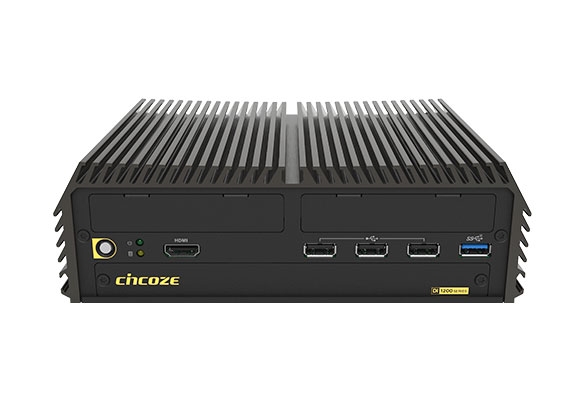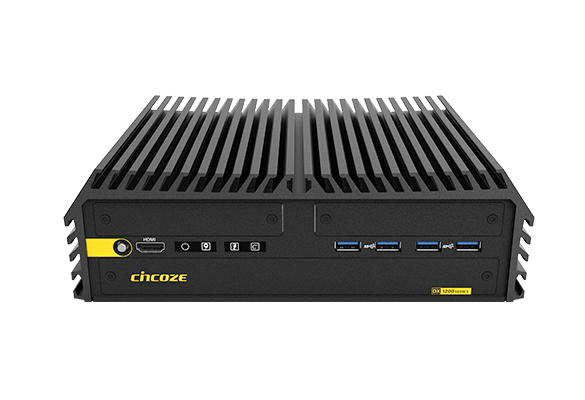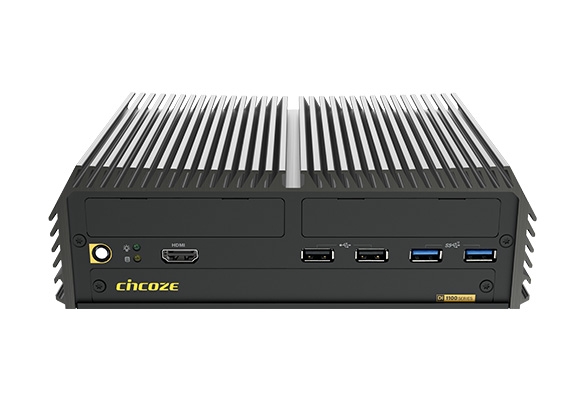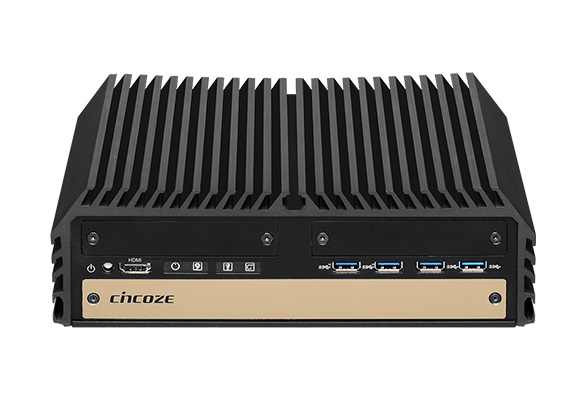
In-Vehicle Computers: Challenges and Solutions
Rapid developments in modern transportation technology are making in-vehicle computers an indispensable component of commercial fleets and mass transportation-related applications ranging from fleet management, safety surveillance, and passenger information display systems (PIDS) to commercial self-driving cars and smart buses. The industrial computers installed in these vehicles must overcome harsh operating environments and transmit data to control centers in real time to optimize transportation efficiency and driving safety. This article delves into the exact specifications required for an in-vehicle computer and looks at some real-life use cases.
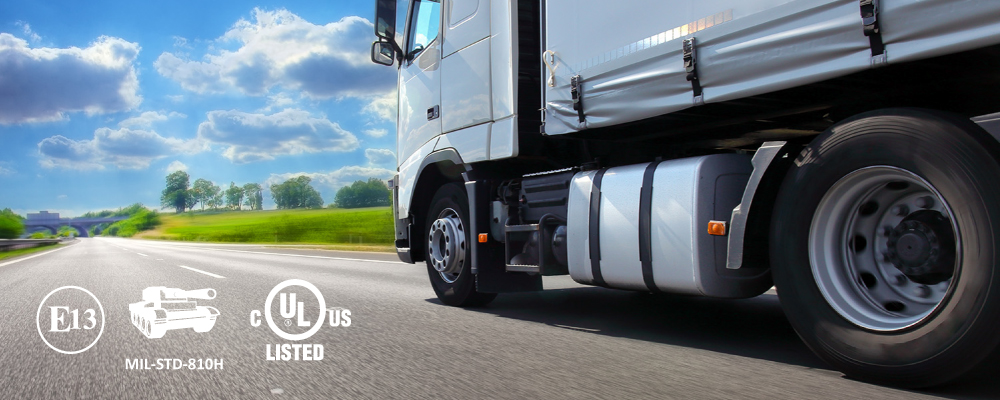
In-vehicle computer requirements
High environmental adaptability
In-vehicle computers must confront the bumps and vibrations during vehicle operation and tackle unpredictable environmental challenges, such as extreme temperature changes, humidity, dust, and other factors. These are a serious issue for electronic equipment, so to ensure stable operation in these harsh conditions, in-vehicle computers must have excellent environmental adaptability.
Cincoze's in-vehicle computer has a fanless and cable-less design. It can operate across a wide temperature range (-40°C to 70°C), supports wide voltage input (9 to 48 V), and complies with the US military shock and vibration resistance standard (MIL-STD-810H). It also provides a number of industrial-grade protection mechanisms, including overvoltage, overcurrent, and ESD protection, which greatly improves the adaptability to harsh environments.
Power ignition sensing
Interoperability with the vehicle power system is crucial because voltage instability during startup, sudden power-off when the car is turned off, and power dips can potentially cause irreparable damage to the in-vehicle computer. The IGN (power ignition sensing) module, specially developed by Cincoze, provides multiple levels of protection for vehicle applications. The IGN module ensures that when the vehicle is started, the computer will only start when the voltage has stabilized to avoid damage caused by voltage fluctuations. The adjustable delayed shutdown timer provides enough time for the on-board computer to complete its current operation when the vehicle is turned off, avoiding potential damage to the computer and data.
Safety and industry certifications
Vehicle-mounted computers must be certified to ensure compliance and safety across different vehicle application scenarios. The E-mark specification from the European Union ensures that automobiles, motorcycles, and spare parts meet driving safety and environmental protection standards. UL certification from the United States is a safety standard that ensures the protection of both the equipment and its users.
Power-saving design
Ideally, the in-vehicle computer has a power-saving design to reduce the burden on the vehicle’s power system. This extends vehicle battery life and keeps the system stable when multiple devices are running simultaneously.
In-vehicle computer applications
Autonomous mining vehicles
The top priority for mining companies is to improve productivity while ensuring personnel safety. Autonomous mining vehicles help them achieve both objectives because they can operate around the clock without the need for shifts or breaks and can accurately travel according to pre-planned routes, reducing fuel consumption and transportation waste caused by human error.
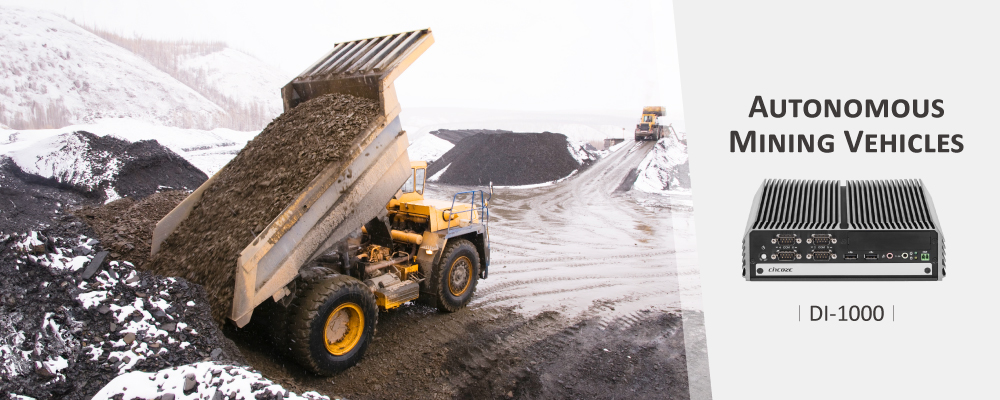
Use case: An equipment manufacturer specializing in the design and manufacture of unmanned vehicles chose the Cincoze DI-1000 industrial computer to control their autonomous mining vehicle. The DI-1000 collects and processes data from various sensors to enable autonomous vehicle movement and the loading and unloading of ore, while transmitting the status and health of the vehicle back to the control center for real-time remote monitoring. This approach ensures the continuity of operations and enables predictive maintenance based on the vehicle status.
Smart bus PIDS
PIDS are a widely used electronic display system providing passengers with real-time travel information. PIDS are typically installed on public transportation such as buses, subways, and trains, and are connected to the traffic control center to enable real-time monitoring of the vehicle’s driving status.
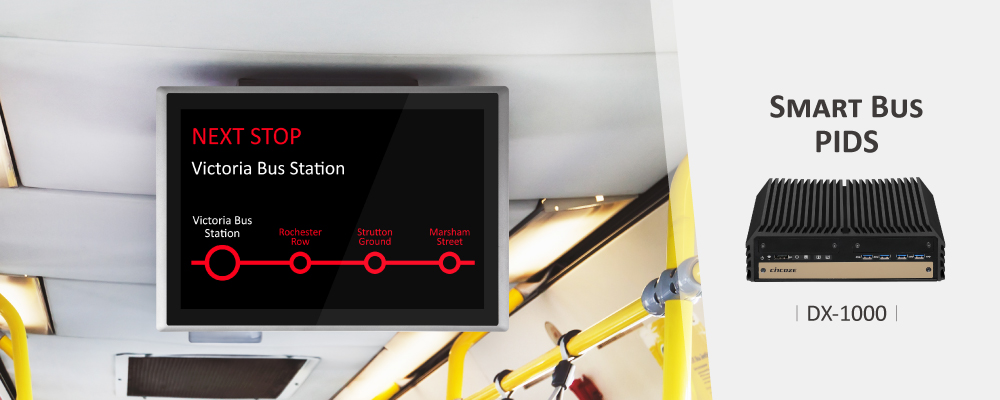
Use case: One company on the US Eastern Seaboard manages hundreds of bus routes and thousands of city buses. To handle increasingly complex bus routes, they introduced a PIDS, powered by the Cincoze DX-1000 industrial computer, to improve the passenger experience and overall service quality. The PIDS displays up-to-date information, such as the vehicle’s current route, upcoming stops, departure and arrival times, and additional information, such as weather, temperature, and advertising. These services improve the passenger experience and optimize bus operation efficiency and service quality.
Smart bus fleet management
In-vehicle computers have been a boon for fleet management as technologies such as real-time data monitoring, fault prediction, vehicle positioning, and driver fatigue detection system improve the operational efficiency and safety of the fleet. The driving status of every vehicle can be tracked in real-time, with location, speed, fuel consumption, and engine status information available to optimize driving routes based on current conditions. The in-vehicle computer also enables predictive maintenance, so repairs can be made preemptively to extend the overall service life of the vehicle and reduce maintenance costs. Driving fatigue detection system analyzes driving behavior and physiological data and issues immediate warnings to prevent accidents.
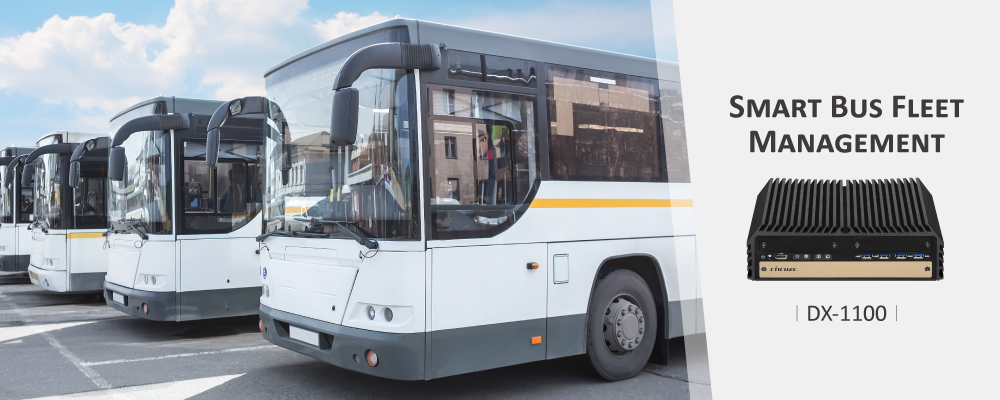
Use case: A Eurasian company selected the Cincoze DX-1100 high-performance industrial computer to integrate into one capital city’s smart bus system. The DX-1100 monitors sensor data, providing functions such as information transmission, fault analysis, and safety surveillance, enhancing overall fleet management. The introduction of this system optimized operational efficiency, helping managers make more informed decisions and improving overall traffic safety.
